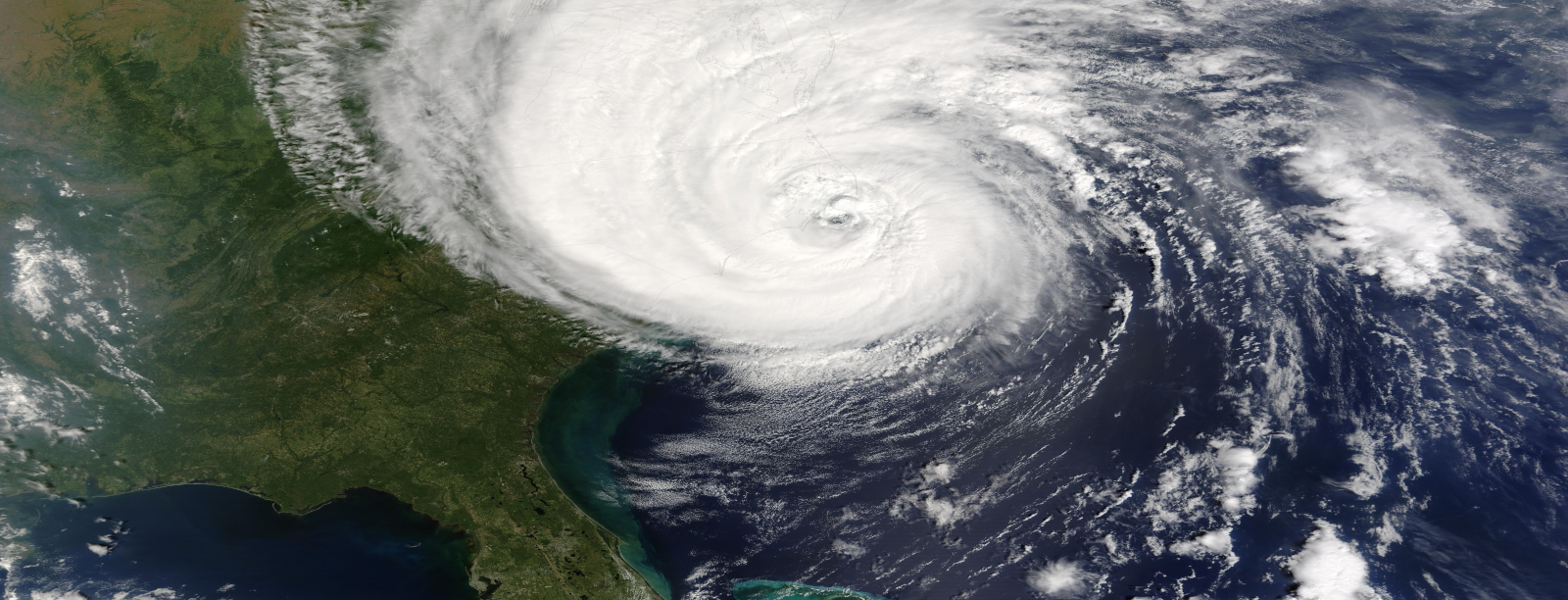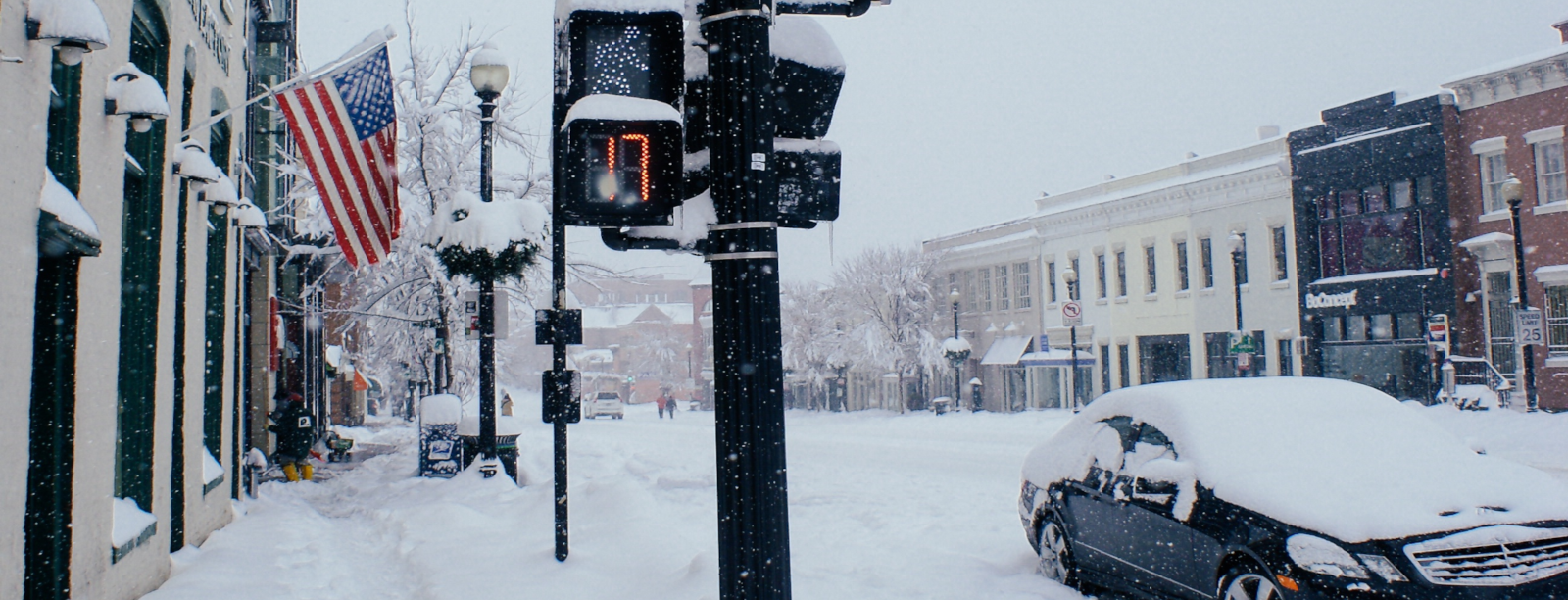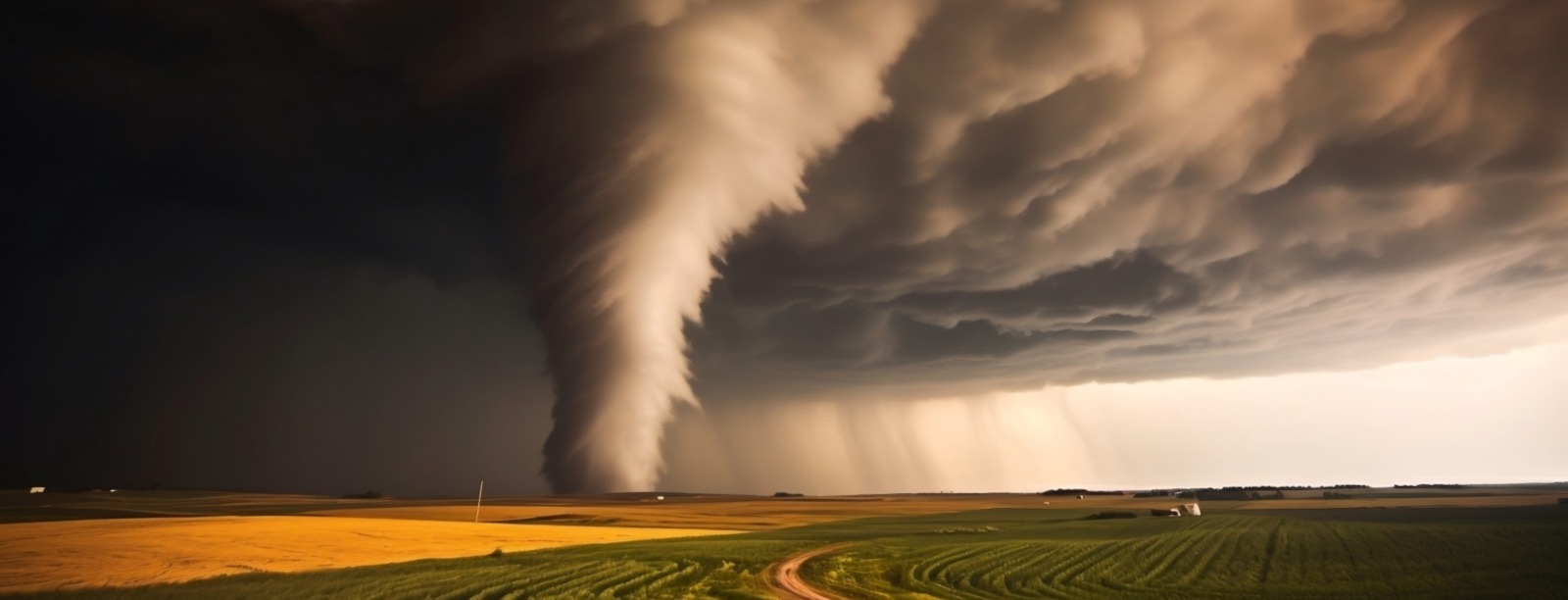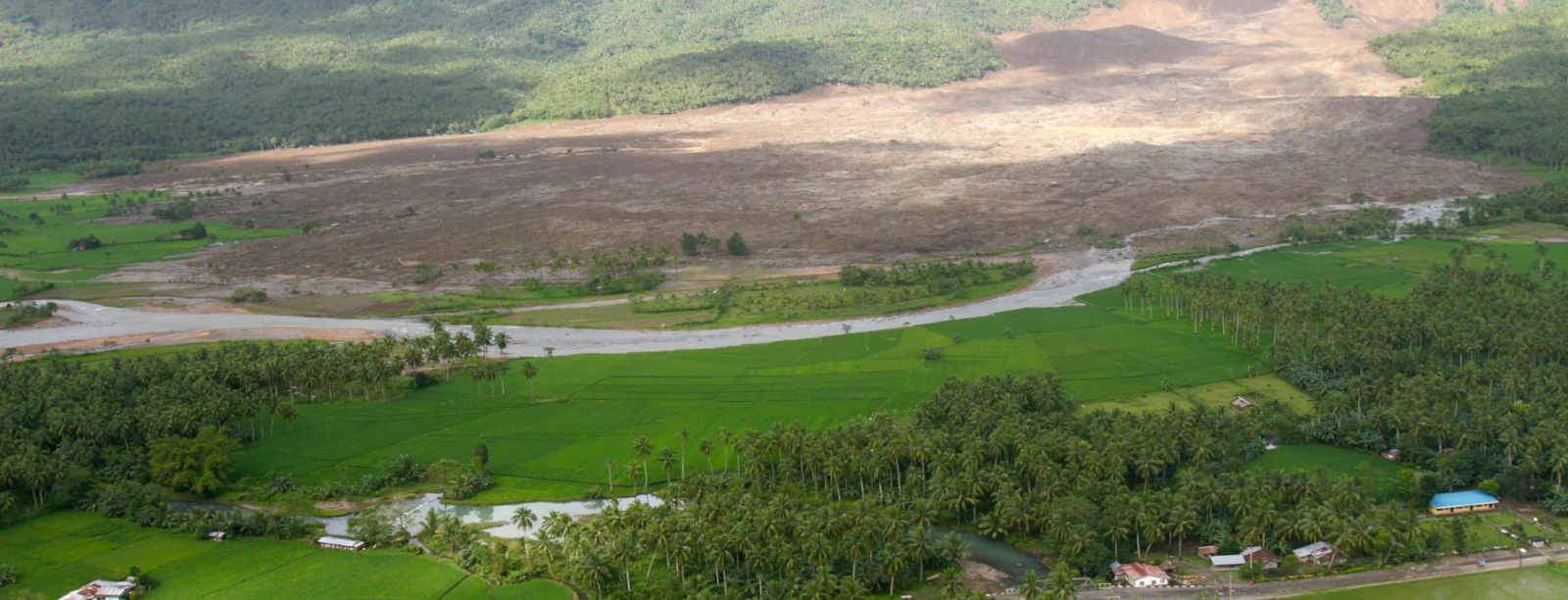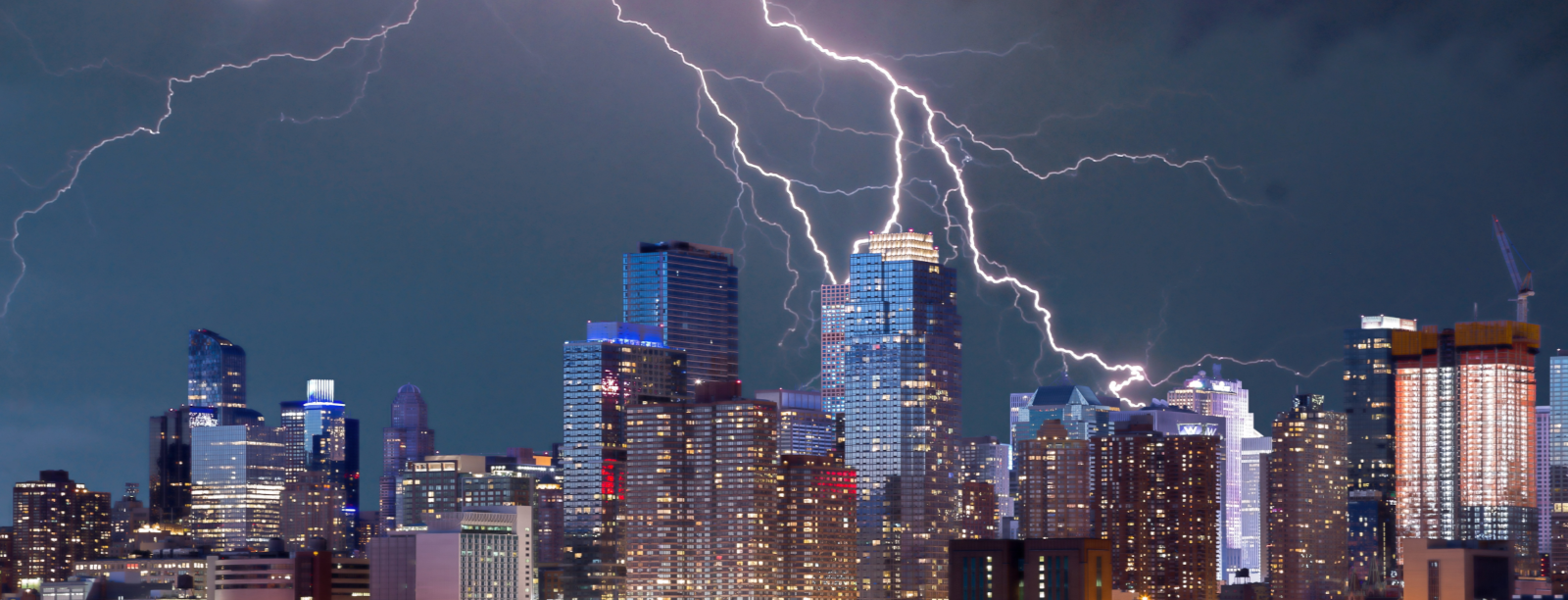What is the Emergency Readiness “Go-Kit” Checklist
- The Emergency Readiness “Go-Kit” Checklist is a document that will allow you to simply and efficiently inventory and pre pack you and your families required emergency essentials so you are ready to evacuate your home when an emergency or disaster strikes
What is the Emergency Readiness “Go-Kit”
- The Emergency “Readiness Go-kit” are your pre-packed disaster readiness essentials in bags or boxes that are stored for easy access and can be picked up and taken anywhere in a moments notice in the event of a necessary evacuation.
- The idea is to have your Emergency Readiness “Go-kit” packed, inventoried and ready months in advance to allow you and your family the ability to evacuate your home at a moments notice. This will allow you the time you need to calmly and quickly evacuate and relocate your family and your families essentials to a safe location when an emergency or disaster strikes.
What is the Emergency Readiness “Go-Kit” used for
- An Emergency Readiness Go-Kit is a portable collection of emergency essential supplies and information. By investing in a pre disaster readiness “Go-Kit”, you can be sure that you will have your necessary essential supplies ready when needed.
- After a disaster strikes, when your emotions are running high and time is short you do not want to be running around your house looking for the necessary essentials your family will need after you have evacuated to your safe location. Food and water could be compromised and people could be hurt. Having the right supplies and equipment means that loved ones are always taken care of and people can survive until help arrives.
- Emergency Readiness “Go-Kit” are designed to provide everything your family will need to survive for several days after a disaster, especially if tried-and-trusted services aren’t available.
How is the Emergency Readiness “Go-Kit” Organized
- Break you your families emergency essentials into groups. When an evacuation is imminent and you need to leave your home having access to your clothing, food & water, shelter etc. is critical.
- By breaking up your essentials into groups you will have easy access to allow an organized means of setting up your campsite once you have relocated to your safe location.
- Label your storage bags or containers
Personal Supplies (What you may need while relocating to your safe location)
- Documents, survival guide and money
- Communications / Emergency NOAA Radio
- Flashlight
- Binoculars
- Clothing
- Blankets
- First Aid Kit / Medications / Whistle
- Emergency Tools / Knife
- Water / Snacks
- Pet essentials
Family Supplies (When you have arrived at your safe location)
- Shelter: Tent, beds, chairs, sleeping bags, lights…
- Fire: Lighter, matches, fire starter
- Kitchen: Water, food, MANUAL CAN OPENER, stove, plates, utensils, paper towels…
Miscellaneous Essentials
- Personal Convenience items
- Portable power supply
- camping saw / Axe
- Duct tape
- Fishing/Hunting Gear
- Hiking Gear
- Outdoor Activities
Remember:
- The time you spend in panic mode is the time you take away from managing your evacuation
Being Proactive is Being Prepared When Disaster Strikes!
When a Disaster Strikes This is Your Reality:
City, County, State and Federal and Government resources may become so overwhelmed you may need to survive and protect yourself and your family for days, weeks or longer before resources or rescue becomes available at your location.
You and your families survival depends on your
Being Proactive and Being Prepared
for a Worst Case Scenario Event.
- This is what EmCommInfo.com expanded “Emergency Go-Kit Essentials Checklist” is designed for.
- A comprehensive Go-Kit Checklist that will allow you to inventory your required supplies and build your “Emergency Essentials Go-Kit” so you and your family are prepared to survive a worst case scenario Event.
Your 1st Step in Survival:
- Gather your family members and pets
- Pack some clothes and essentials
- Grab our Emergency Power Supply & Go-Kit
- Get to our car
- Establish Communications via Cell Phone / Walkie Talkie / Ham Radio / SatPhone or Messenger
- Relocate to your predetermined safe location
Your 2nd Step In Survival:
- Evaluate your Area
- Insulate the Ground
- Set up your Shelter
- Build a Fire
- Set up your Kitchen
- Set up your kids with outdoor activities to keep them happy and busy
- Establish Communications
- Prepare for rescue
When a disaster strikes are you prepared?
The aftermath of a disaster will change your life!
ARE YOU PREPARED?
Hurricane:
- Storm surge
- High winds
- Fast moving water
- Carbon Monoxide poisoning from gas grills and stoves
- Falling trees
- Live power lines
- Destroyed building with asbestos
- Smoke from burning buildings is toxic and can worsen heart and lung problems
- Leaking gas
- Septic tanks can be damaged
- Sewage
- Medical Issues
- Psychological trauma
Tornado:
- Flying Debris
- Collapsed buildings
- Medical Issues
- Psychological trauma
Blizzard:
- Hypothermia,
- Infections brought on by
- frostbite
- Car accidents due to slippery roads
- Fires or carbon monoxide poisoning from faulty heating methods after a storm causes a power outage
- Heart Attacks caused by overexertion while shoveling heavy wet snow
- Medical Issues
- Psychological trauma
Firestorm:
- Burns
- Suffocation
- Physical and chemical hazards associated with damaged structures contaminated air, food and water
- Very fine ash and dust particles
- Hazards such as Asbestos
- Fibers
- Falling trees
- Live power lines.
- Leaking gas
- Septic tanks can be damaged
- Sewage
- Hot Embers
- Smoldering vegetation
- Fires can release potential toxins from some building materials
- Asbestos from older building
- Gas cylinders
- Garden chemicals
- Cleaning products and other burnt residues
- Smoke is toxic and can worsen heart and lung problems
- Medical Issues
- Psychological trauma
Earthquake:
- Collapsing walls
- Flying glass
- Falling objects caused by the ground shaking
- Crushed in a collapsing building
- Drowning in a flood caused by a broken dam or levee
- Getting buried under a landslide
- Being burned in a fire
- Downed power lines
- Leaking Gas and water lines
- Mudslide and landslides
- Tsunamis
- Liquefaction: The shaking from an earthquake can turn loose soil into a liquid during an earthquake
- Ground Rupture
- Medical Issues
- Psychological trauma
Floods:
- Most drownings occur during flash floods
- Six inches of rapidly moving water can knock you off your feet.
- Mudslide / Land Slides
- The most common cause of death in a landslide is trauma or suffocation by entrapment.
- Rapidly moving water and debris
- Broken power, water, gas or sewage pipes can also result in injury or illness in the population affected, such as water-borne diseases, electrocution or lacerations from falling debris.
- Medical Issues
- Psychological trauma


